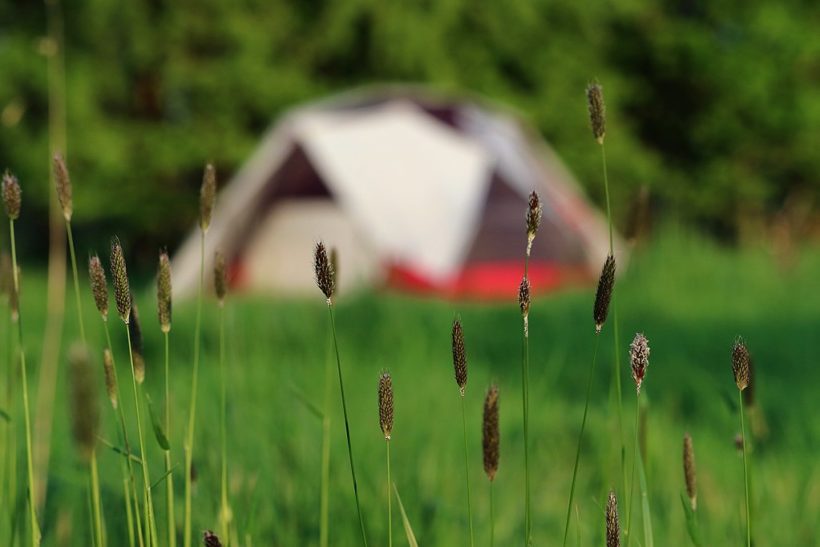By Miles Tiessen
Who doesn’t love being outdoors? Whether you’re a paddler, climber, car-camper, or cottager being outdoors is good for your soul.
You might already be familiar with ‘Leave No Trace’ (LNT). These are seven guiding principles that seek to minimize the environmental impact of activities like camping, climbing and hiking.
The principles:
1. Plan ahead and prepare
2. Travel and camp on durable surfaces
3. Dispose of waste properly
4. Leave what you find
5. Minimize campfire impacts
6. Respect wildlife
7. Be considerate of others
This a great guide when considering the impact you make while being outdoors and you should follow them when you are out exploring. However, as we recognize the reality of our current climate crisis, we are always looking to go a few steps further so we can truly minimize our impact. There are additional concerns raised exploring the hidden environmental impacts of backcountry recreation, so thinking further than the LNT principles is important.
Creating Passive Recreationalists
One of the major points of contention for the standard LNT is its limited scope. Within its broad generic phrasing, there is a focus on the present and local impact of outdoor activities while ignoring the long-term effects and environmental interaction. A simplification of this interaction can be dangerous as it does not promote the active response needed for real environmental conservation.
The Exploitative Nature of Outdoor Gear Companies
While outdoor gear companies are miles ahead of most major retailers in regards to being environmentally conscious producers, they still have flaws. The LNT has no acknowledgement of the impact of the outdoor recreation industries participation in ecological degradation through its consistent drive for capital. It also does not address the manufacturing process of these goods, nor does it discuss the packaging, shipping, and sales that have many social and climate consequences. The culture of wilderness gear sadly falls prey to fast fashion, with new clothing and gear being produced faster than the older gear wears out. This leads to consumers being convinced to buy the newest, most high-tech gear as soon as it hits the market. Most of these companies produce their goods ‘ethically’, but continuous consumption is not an environmentally conscious response to our climate crisis. Reduction is.
Travelling To and From
The irony of travelling to our wild spaces has always been a complicated conversation. Most people drive or even fly to explore the wilderness, pumping an excessive amount of carbon into our atmosphere. This is the biggest contributor to our climate crisis and it threatens our beloved outdoors.
Planning and being well prepared can help mitigate pollution from transportation. Carpooling is very helpful and can dramatically cut down on the amount of travelling to and from your destination. One thing to consider when making your travel plans is purchasing carbon offsets. You, a traveller, can pay a third party to create greenhouse gas reduction on your behalf. It is important to know that although these programs are very helpful, carbon offsets are not a solution. The initial use of carbon is still very damaging to our environment. Carbon offsets can be helpful for the advancement of renewable energy but do not exonerate us.
All of this may be a bit scary to think about; even an activity as wholesome as camping can be destructive. We would still encourage you to go camping and participate in outdoor activities as much as possible, but we need to be certain that when we do, we are caring for our wilderness to the best of our ability. Remember, there is no Planet B.
So have fun, explore lots, take in as much nature as you can, and please don’t leave a trace.



Leave a Reply